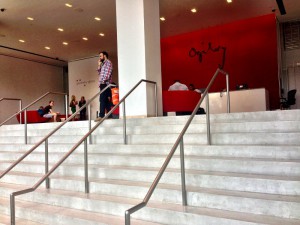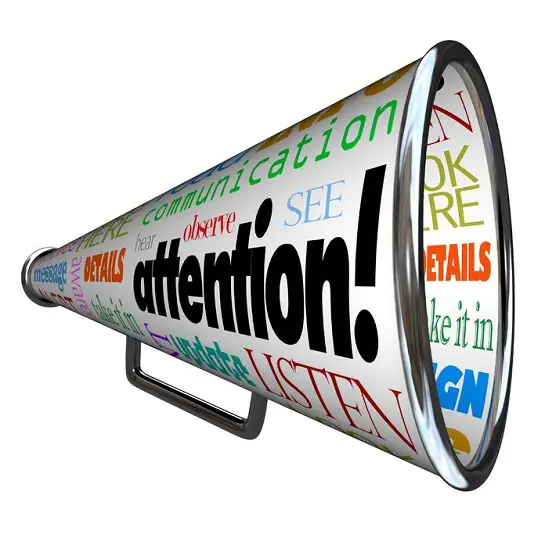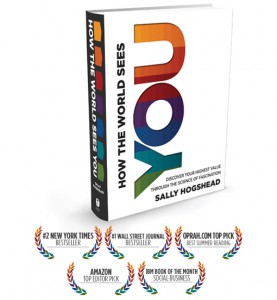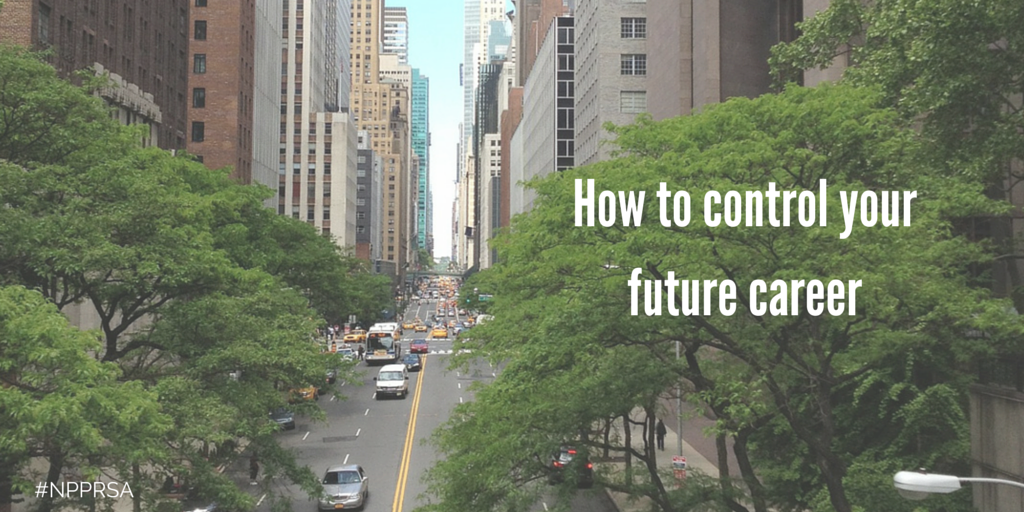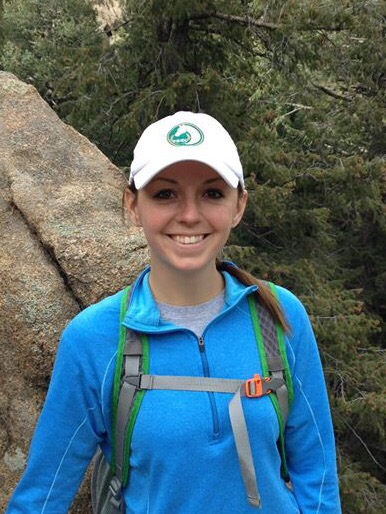What could be better than one hour designated solely to laughter and making other people happy?
Offices can be high-stress environments, especially in agency settings. When each 15-minute increment of the day is recorded and billable, time is money. But taking the occasional break to participate in employee engagement initiatives can be even more valuable for overall health and happiness. It’s a long-term return on investment.
According to a 2015 Deloitte study, 87 percent of organizations cite culture and engagement as one of their top challenges. An even more surprising finding from the study: More than half of today’s working population claim they wouldn’t recommend their employer to peers.
Office engagement is a challenge across the board, but it’s becoming increasingly important to Millennials and new professionals. It’s time to take your engagement into your own hands. Here are two options for diving into office involvement.
Seek out existing initiatives.
Start by taking advantage of what your office does offer. Sometimes when large companies provide engagement programs, it requires a little research to learn how to get involved. Invest the time it takes to explore the intranet, ask around or email HR. Do your research to find out if your office offers any of these programs.
At Ogilvy PR, we have a “Take 5” committee for all things social and philanthropic. We plan the summer and holiday parties as well as pop-up happy hours, philanthropic partnerships and other ways to increase the office’s opportunities for social and community involvement.
These projects not only increase the fun throughout the office, but the hour meetings each month have provided some of my favorite moments at work. The dose of energy and laughter that comes naturally with planning entertainment is refreshing. As soon as the Take 5 meeting completes, I’m re-energized to take on whatever the day may bring. When an item on the weekly to-do list reads “Research affordable ice cream sandwiches for office party,” I’d say it’s been one treat of a week.
Take 5’s landmark events include Bring Your Parents to Work Day, an annual December toy drive for the Children AIDS Society and an office decorating contest. There’s no limit to the rewards of engaging with your company’s brand through planning these projects with colleagues.
But what if the opportunities don’t already exist?
Consider creating your own.
If your office doesn’t have an established committee or other engagement programs, consider starting a new one. Each committee or initiative has to start somewhere.
Michael DiSalvo, an account supervisor in OPR’s Healthcare practice and the driving force behind Take 5, is an advocate for young professionals spearheading company culture. DiSalvo joined the committee as an intern and has been instrumental since it was revitalized in 2009. DiSalvo’s role has opened opportunities to work directly with HR on engagement initiatives and meet with executive leadership.
“Everyone is really worried about morale,” DiSalvo said. As the Deloitte study shows, it’s a common concern for corporate leadership. Through Take 5, DiSalvo has the opportunity to meet with Rob Mathias, Ogilvy PR’s CEO of North America, to discuss talent retention and engagement.
“When you’re in a client service industry like PR, it can be very difficult to remember who you work for. Contributing to your own company is just as important as contributing to your clients,” DiSalvo said.
DiSalvo also emphasized the importance of continually promoting the brand through the committee’s work. He highlighted the value of junior staff, pointing to them as the group who usually leads the success of employee engagement.
So, new professionals, here’s a call to action: Get engaged. Help solve an ongoing challenge for the majority of companies, and be instrumental in promoting your company’s brand.
If you’re interested in learning more about the current state of job engagement, culture and satisfaction in the public relations industry specifically, take a look at The Plank Center for Leadership in Public Relations’ Leadership Report Card.
How does your office encourage engagement? Share in the comments below or on Twitter using #npprsa.
 Jacquie McMahon is an assistant account executive at Ogilvy Public Relations in New York City. She graduated from The University of Alabama with a bachelor’s degree in public relations and a passion for employee engagement. Connect with Jacquie on LinkedIn and Twitter (@jacqmcmahon).
Jacquie McMahon is an assistant account executive at Ogilvy Public Relations in New York City. She graduated from The University of Alabama with a bachelor’s degree in public relations and a passion for employee engagement. Connect with Jacquie on LinkedIn and Twitter (@jacqmcmahon).

